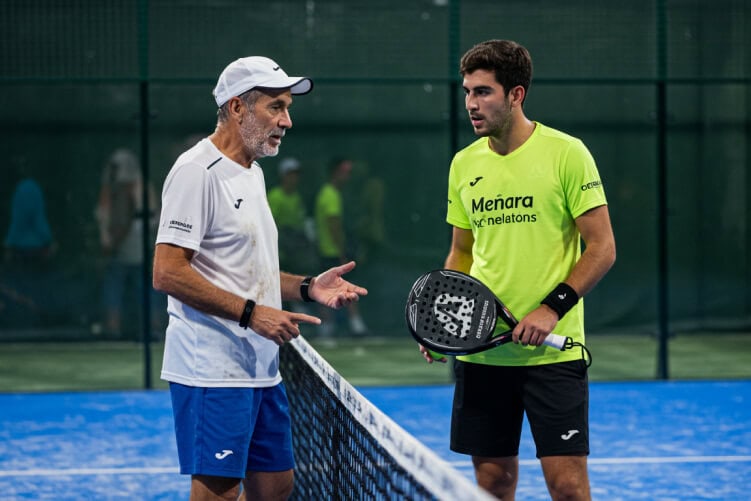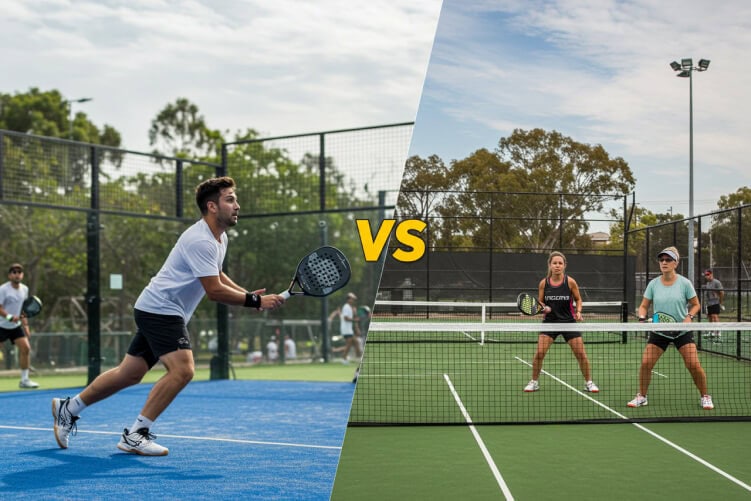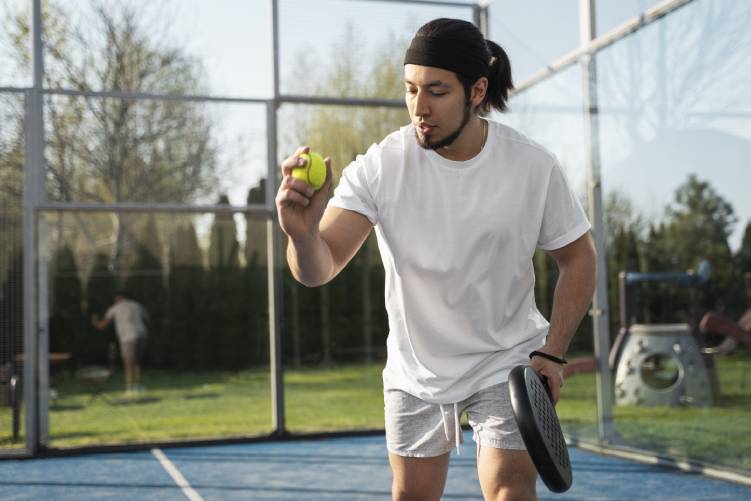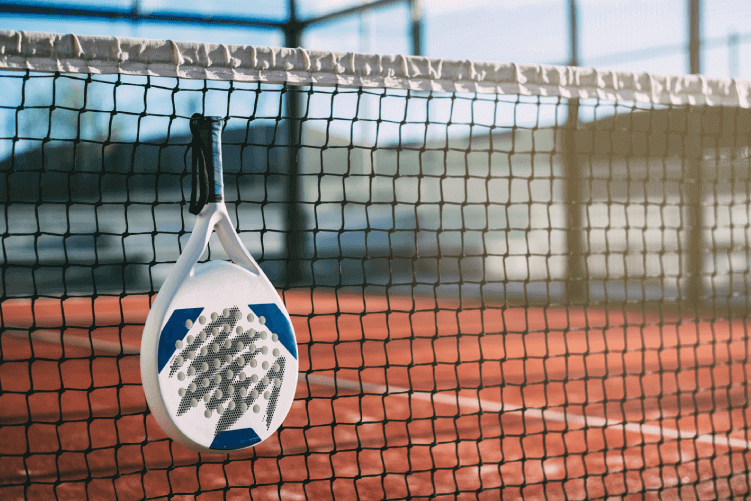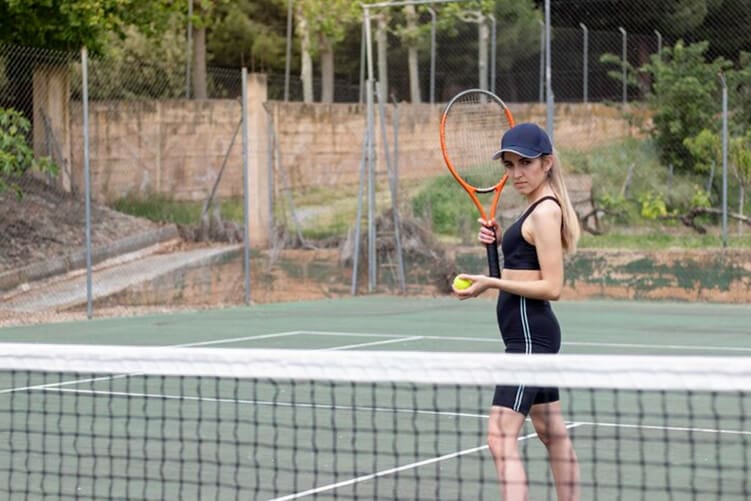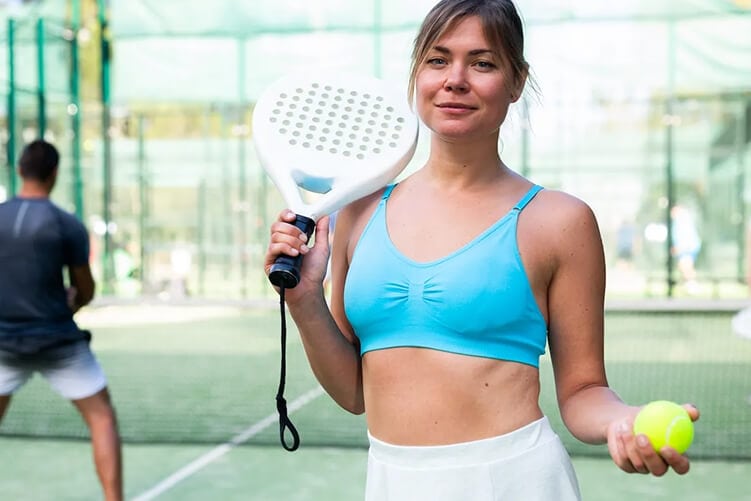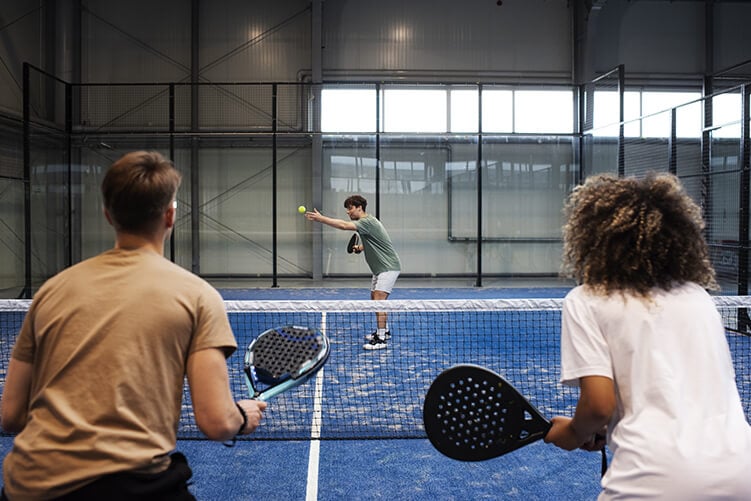Padel is one of the fastest-growing sports in the world, attracting players of all ages and skill levels. If you are new to Padel, learning the right techniques and strategies can help you quickly improve your game and enjoy the sport to the fullest. In this guide, we’ll cover the essential tips and tactics to help beginners develop their skills and confidence in the field.
1. Master the Basics of Grip and Stance
One of the first things to do in Padel is your grip and position. A continental grip (similar to holding a hammer) is the most effective way to control the racquet and generate power. Additionally, standing with your knees slightly bent and weight on your toes will allow for faster movements and better balance.
2. Focus on Consistency Over Power
Many beginners make the mistake of trying to hit the ball too hard. Padel is more about control and placement rather than sheer power. Aim for consistency in your shots and try to keep the ball in play as much as possible. This will force your opponents into making mistakes and give you more opportunities to win points.
3. Use the Walls to Your Advantage
Unlike tennis, padel allows you to use the walls to keep the ball in play. Learning how to properly judge and return rebounds from the back and side walls can give you an edge over your opponents. A well-placed shot off the wall can put your opponent in a difficult position and set you up for an easy winner.
4. Perfect Your Serve and Return
The serve in padel is underhand, which makes it easier to execute than in other racket sports. However, precision is key. A well-placed serve aimed at your opponent’s weaker side can give you an advantage right from the start. Likewise, your return should be controlled and deep to prevent your opponent from attacking early in the point.
5. Move as a Team in Doubles Play
Padel is mainly played in doubles, which means teamwork is crucial. Always communicate with your partner and move in sync to cover ground efficiently. If one player advances, the other must follow to maintain an effective formation. Avoid creating significant distance between you and your partner, as seasoned opponents could take advantage of these gaps.
6. Stay Patient and Build the Point
Padel is a game of patience. Instead of going for winners on every shot, try to construct the point by playing smart and strategic shots. Keep your opponents moving and wait for the right opportunity to attack. A well-placed lob or drop shot can disrupt their rhythm and create openings for you to finish the point.
7. Improve Your Net Play
Controlling the net is one of the most important aspects of padel. Strong volleys and quick reflexes will allow you to dominate the game and put pressure on your opponents. Work on soft volleys, deep volleys, and accurate smashes to become a well-rounded player at the net.
8. Learn Defensive and Offensive Strategies
Beginners often struggle with finding the right balance between defense and offense. If you’re under pressure, play defensive shots like lobs or slow returns to regain control of the rally. When given the opportunity, go for offensive shots that put your opponents on the back foot. Understanding when to switch between defensive and attacking play is a key skill in Padel.
9. Stay Mentally Focused
Padel is as much a mental game as it is physical. Staying focused, and positive, and adapting to your opponent’s strategy can make a big difference. If you make a mistake, move on quickly and stay confident in your game.
Where to Play Padel in the UAE?
If you’re looking for a great place to practice and improve your skills, Just Padel is the perfect destination. With high-quality courts, expert coaching, and a welcoming community, Just Padel offers everything you need to take your game to the next level. Whether you’re a beginner or an experienced player, you’ll find the ideal environment to enjoy and excel in this exciting sport.
By following these tips and practicing regularly, you’ll quickly develop your padel skills and start enjoying the game even more. So grab your racket, hit the court, and start playing today!

